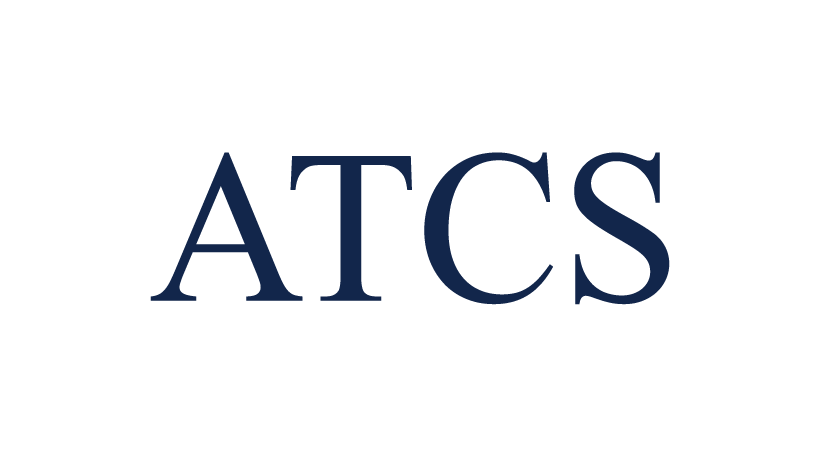Dr. Z’s Corner (202010)
BLOCKCHAIN: A New Technology for the Future. How will it Affect the Construction Industry?

This month we have a surprise from Norway! As the readers of Dr. Z’s Corner know, quite often, we invite world-famous scholars and engineers to share their knowledge and wisdom with our readers in this column. This month’s guest author is the Co-Editor of Dr. Z’s Corner and my good friend Prof. Dr. Vagelis Plevris. He will talk about a new technology called BLOCKCHAIN.
Bitcoin: The first implementation of Blockchain
In 2008, Satoshi Nakamoto introduced Bitcoin to the world. In his paper “Bitcoin: A Peer-to-Peer Electronic Cash System” he explained the idea of a system for electronic transactions that does not rely on trust, in other words a “trusted third party” is no longer needed. Nakamoto was the first to solve the double-spending problem for digital currency, proposing a novel idea based on a peer-to-peer network using proof-of-work to record a public history of transactions.
Although the name Satoshi Nakamoto is nearly synonymous with Bitcoin, the physical person that name represents has never been found. The real identity of Nakamoto still remains a matter of dispute.
Nakamoto proposed a decentralized approach to transactions, ultimately culminating in the creation of blockchains. In a blockchain, timestamps for a transaction are added to the end of previous timestamps based on proof-of-work, creating a historical record. Because the record of transactions is distributed across many nodes in the system, it is practically impossible for a bad actor to gain enough control of the system to rewrite the ledger to their own advantage. The blockchain records are kept secure because the amount of computational power required to reverse them is enormous. This technology allows bitcoin to transfer value across the globe without resorting to traditional intermediaries such as banks.
Bitcoin, with a market cap of more than $170 billion, is the largest implementation of Blockchain technology to date. The first Bitcoin transaction in the real world occurred in May 2010 when a Florida man paid for pizzas with the cryptocurrency. The man paid 10,000 Bitcoins for two pizzas, which today is worth over $100 million!
General purpose technologies
General purpose technologies (GPTs) are technologies that can affect an entire economy. They impact economic growth and transform both household life and the ways in which firms conduct business. They have the potential to drastically alter societies through their impact on pre-existing economic and social structures. Examples of GPTs include the steam engine, electricity, the computer and the internet. These technologies fundamentally impacted how we live, expanded our lives (physically and emotionally), helped build our cities and changed how we interact with the world.
Blockchain as GPT
Distributed Ledger Technology or simply Blockchain is a nascent technology that can simplify and secure transactions among parties. It is a shared, immutable ledger that facilitates the process of recording transactions and tracking assets in a network. By many, it is recognized as a new form of GPT. Naturally, it takes time for a GPT to diffuse through the economy. Although Blockchain is still at the infrastructure building stage, it is expected to unleash several applications across different verticals within the next 5 to 15 years. Like the internet in its early years, Blockchain is hard to understand and predict, but could become ubiquitous in the exchange of digital and physical goods, information, and online platforms. According to Harvard Business Review “Blockchain is the first native digital medium for value, just as the internet was the first native digital medium for information.”
How Blockchain can revolutionize the construction industry
Blockchain technology is new and there are several early challenges to tackle, but the potential of reshaping the construction industry for the better is too great to miss. Construction is one of the largest industries in the world and the infrastructure it creates is the backbone of economic growth and productivity. It is our inherent responsibility to facilitate its digital transformation to make it ready for the challenges of the future. Blockchain can be applied to several areas of the construction industry:
Contract Management: A Smart Contract is a computer program that works on an “if/then” principle. Smart contracts can identify accountabilities and trigger milestone-based payments. They could automate agreements thus revolutionizing construction contracts and payments.
Project management: Projects can benefit from a more decentralized and agile approach based on Blockchain, where transparency is high, and parties can be compensated for outcomes as well as for work performed.
Construction supply chain management: Blockchain can help trace physical items from origin to destination. It can improve payment settlements, compliance management and material planning, while smart contracts can be used to automatically purchase, track, and verify items in the supply chain, in real-time.
Building information modelling (BIM): Blockchain can be used to provide live and trustworthy information for BIM, by information sharing among present and future information owners. Furthermore, it can help enhance the benefits of BIM by allowing architects and engineers to design on the same BIM model with clear ownership, while design and construction decisions can be recorded on the blockchain for future analysis and liability.
Property ownership and land titles: All real estate ownership and transaction records can be stored securely as tamper-proof digital records on the Blockchain. Such records are fully accurate, safe, and immutable. Blockchain immutability proves ownership and facilitates transactions.
Asset management and maintenance: Data and information related to the built asset need to be tracked at every stage of its life cycle. Blockchain provides a living ledger of everything that has happened with the asset. Blockchain can allow tracking and access to all the necessary data throughout the asset life cycle. Any improvements and refurbishments to the building can be documented, and the whole repository can be transferred to new owners if the asset is put up for sale.
Blockchain in construction: An exciting future ahead
We are moving to a digital economy where financial and physical assets will increasingly have digital representations. Looking towards the future, Blockchain is going to be something that we will be hearing a lot more of. According to the World Economic Forum, by 2025, Blockchains will store around 10% of the world’s GDP. Countries are trying to make the necessary legislative and regulatory changes to adapt to the new environment and make this change a reality. New opportunities arise. Blockchain has great potential to become an extremely positive force of change in the construction industry.
About the Author
Dr. Vagelis Plevris is a Professor at the Department of Civil Engineering and Energy Technology of Oslo Metropolitan University in Oslo, Norway. He is the Head of the Research Group “Structural Engineering” at OsloMet. He serves as Chief Editor for “Computational Methods in Structural Engineering”, a section of the journal Frontiers in Built Environment, by Frontiers in Switzerland.








